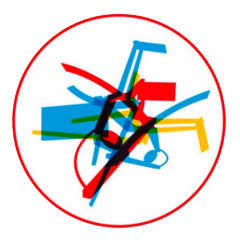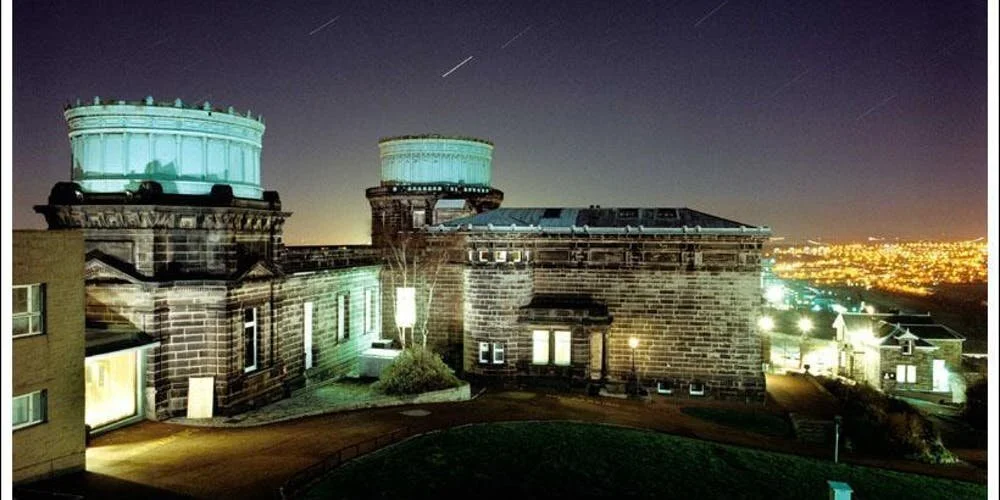Selected projects and events
The KSEVT Collection is a collaborative project designed to make knowledge about arts, culture, humanities, and social studies in the context of outer space accessible and visible to the public.
Outer space is celebrated for its remarkable scientific achievements—from Moon landings and the exploration of distant planets and comets to pioneering deep-space research. Yet, much of today’s activity is dominated by national and commercial interests in limited Earth-Space environment that claim to benefit humanity while excluding structural engagement of civil and public perspectives. Expedition to Public Outer Space will challenge this paradigm by rethinking the role of the public in space initiatives.
In a world where 75 percent of the planet's land surface is experiencing measurable human pressure, the way people imagine the planet substantially impacts the environment itself. Such environmental imaginaries are constructed by a number of underlying concepts, value systems, visual cultures and technologies used for portraying the Earth's environment. However, these technologies are neither neutral nor inclusive of society.
Outer space has presented itself as a contemporary condition where humanness is getting redefined. Are human beings in outer space human, technological or ecological? Are they there for their own sake, or to represent others? Supre:organismpresents work of artists that confront the established deterministic cosmology with a multiplicity of artistic perspectives in order to expand the understanding of human non-terrestrial becoming.
Outer space’s abstract appearance leads to a desire for its systemisation in order to conceptualise and normativize the human position within it. This includes epistemological “systems of thought” and ontologies of “natural systems”. Their architectural construction is by necessity defined by perspectival characterisation, with core differentiation of belonging(s) and position(s).
The S+T+ARTS Talk at ESA/ESTEC was organised on 15th May 2019 by ILEWG, Waag and European Commission. The main objectives for the event were to explore links between ESA space research activities related to arts and the S+T+ARTS programme, to identify benefits and impact of recent art-science collaborations, to showcase artistic, creative and critical methods of research and innovation, and to address human and social challenges in a holistic manner.
The Supre:organism residency of Waag’s AI Lab in collaboration with the International Lunar Exploration Working Group (ILEWG) aims to engage artistic perspectives on understanding living materiality in outer space with use of emerging AI technologies.
Outer space has presented itself as a contemporary condition where humanness is being redefined in the absence of arts, humanities and social studies. With this open call, we provide an opportunity to expand established human space activities with a multiplicity of artistic perspectives to broaden the understanding of human non-terrestrial becoming. With the Supre:organism residency, we mark the 50th anniversary of the first Moon landing and 100th anniversary of Kazimir Malevich’s gaze into life emerging from the sentinel canvas, the cosmos:
"... all technical organisms are nothing but small satellites—the entire living world is ready to fly into space and take a special position. For each such satellite is fitted with reason and able to live its own life." – Kazimir Malevich, UNOVIS, Vitebsk, December 15, 1920
KOSMICA Parliament is a series of performative events featuring the artistic community of Ars Electronica and their views about human activities in outer space. Inside a space capsule, artists will be welcome to give a performative statement about the errors of space exploration. This kaleidoscope of critical views will create the arena to collectively reflect on these issues and inspire new modes of human becoming in outer space.
A Space Sight course is a joint effort of AKV|St.Joost, Waag and ESA-ESTEC to introduce creative and critical approach to earth observation. The course provides the students an understanding of an earth observation technologies, creative and critical methodologies for their use and hands-on opportunity to work with space data, space technologies and space experts.
This is your Project Description. It’s a great place to describe your Project in more detail. Add images and provide visitors with essential information about your work, including the project length, partnerships or any successful outcomes. To hook new potential clients, show how your work has provided solutions for past clients.
The Icons of the Non-Visible exhibition aspires to elucidate the influence of space research and exploration on culture, in order to open the way for epistemological reflections of images of the non-visible.
The Observer conference is organized by Faculty of Liberal Arts and Science (Smolny college), St. Petersburg State University in collaboration with KSEVT (Cultural Centre of European Space Technologies, Slovenia). The Observer conference will focus on rethinking of human position within the technological, social and natural processes which enables the understanding of the deep and close surrounding – Space and Earth. The understanding of Space has throughout history shaped different knowledge and Sciences. The conference will bring together worldwide experts from different practices – Science, Arts and Humanities – to study how the overcoming of old and new models reforms the technological and social condition of the Observer.
While the closer reaches of space are quite populated already, the conditions for human life there remain unsuitable, and without adequate devices and objects even deadly. The material manifestation of human presence in space is architecture at its most fundamental: as an articulation of surroundings and as a functional form of habitation in weightlessness.
Space exploration programs bring forth - alongside with the recent biotechnological and digital advances - the consideration that a universe populated with artificial life might soon become a force recalibrating the human condition. Autonomous and self-sustaining systems based on the principle of life kindle alternative paradigms through which the exploration of space and its informational colonization might be approached. Attempts to engage the wider space community in a discourse with various developmental practices complementary to existing programmes is resulting in flying laboratories intended to test and validate new techniques and proposals on low-cost and robust satellites. The Arts and humanities are emerging as key mental articulators of thoughts on the ontology of the human in outer space and engage in projects aiding the construction and manifestation of data from and intended for space transmission. Invited speakers will, from their respective fields of expertise, illuminate contemporary topics associated with human presence in space.
On 25th of August 2012 NASA has announced that the space satellite Voyager 1, which has reached the distance of 19.000.000.000 km from the Earth, has left our Solar System. On the Solar Plasma instrument inside the satellite, a name is engraved on a golden plate - Anton Mavretič.





















